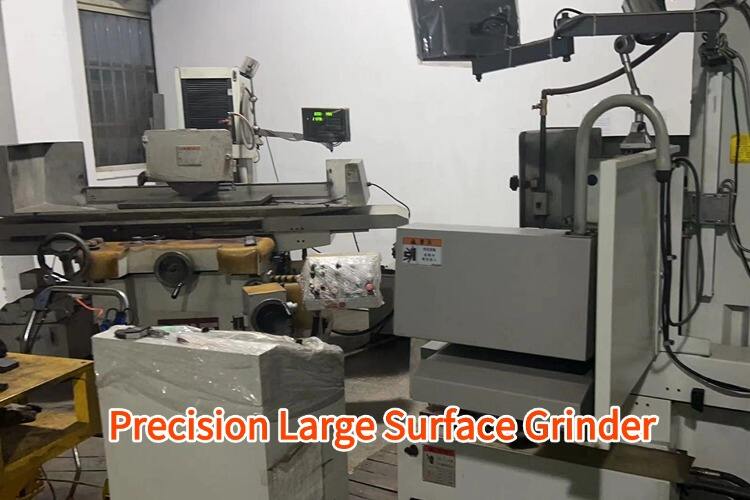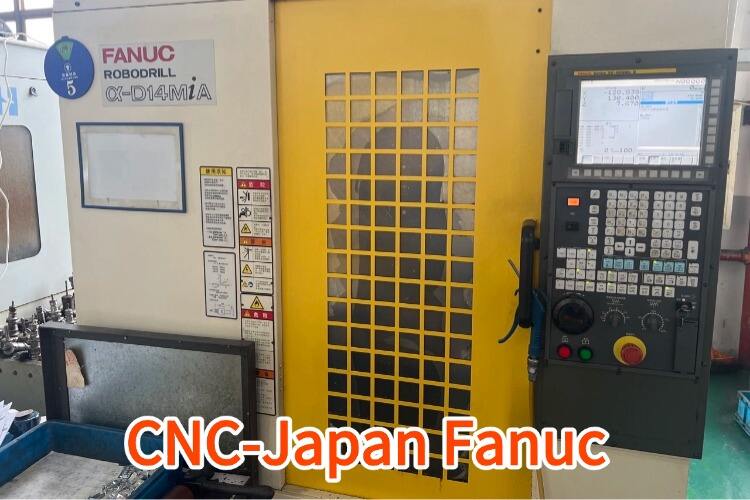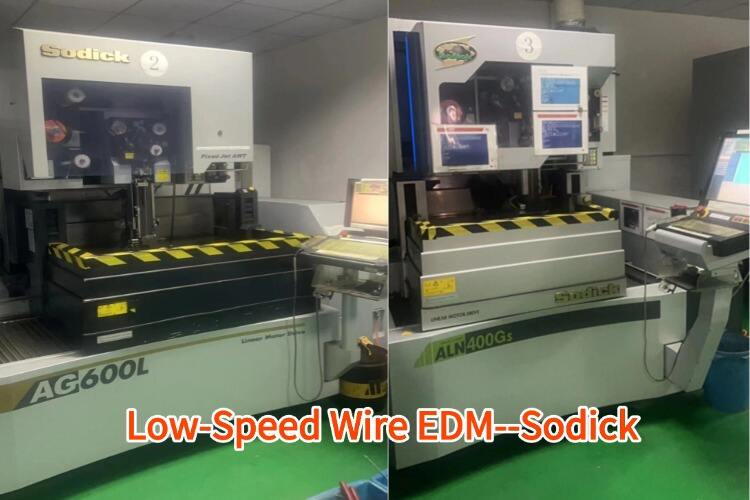customshaped stamping parts 3d drawing support
Custom-shaped stamping parts 3D drawing support represents a cutting-edge solution in modern manufacturing processes, combining precision engineering with advanced digital design capabilities. This comprehensive system enables manufacturers to create detailed three-dimensional representations of stamping parts with custom specifications and unique geometrical requirements. The technology integrates seamlessly with CAD/CAM systems, allowing for precise visualization and modification of complex stamping components before physical production begins. The support system includes advanced features for material optimization, tolerance analysis, and manufacturing feasibility assessments. It accommodates various materials and stamping processes, ensuring that designs meet both functional requirements and manufacturing constraints. The system's ability to generate accurate 3D models helps identify potential issues early in the design phase, reducing costly modifications during production. With built-in simulation capabilities, users can verify the manufacturability of their designs and optimize them for various stamping operations, including progressive die stamping, transfer stamping, and fine blanking processes.


